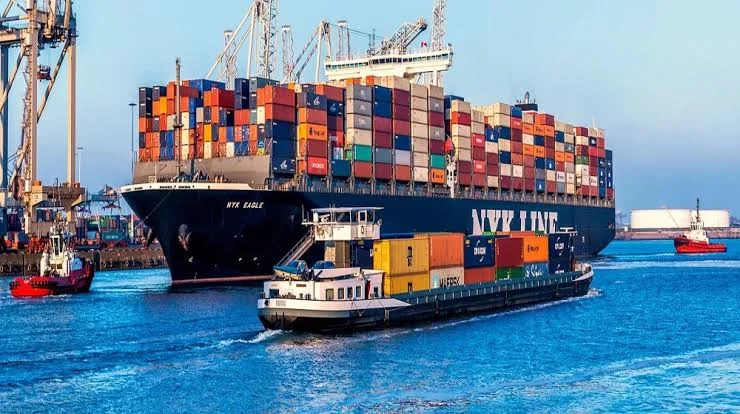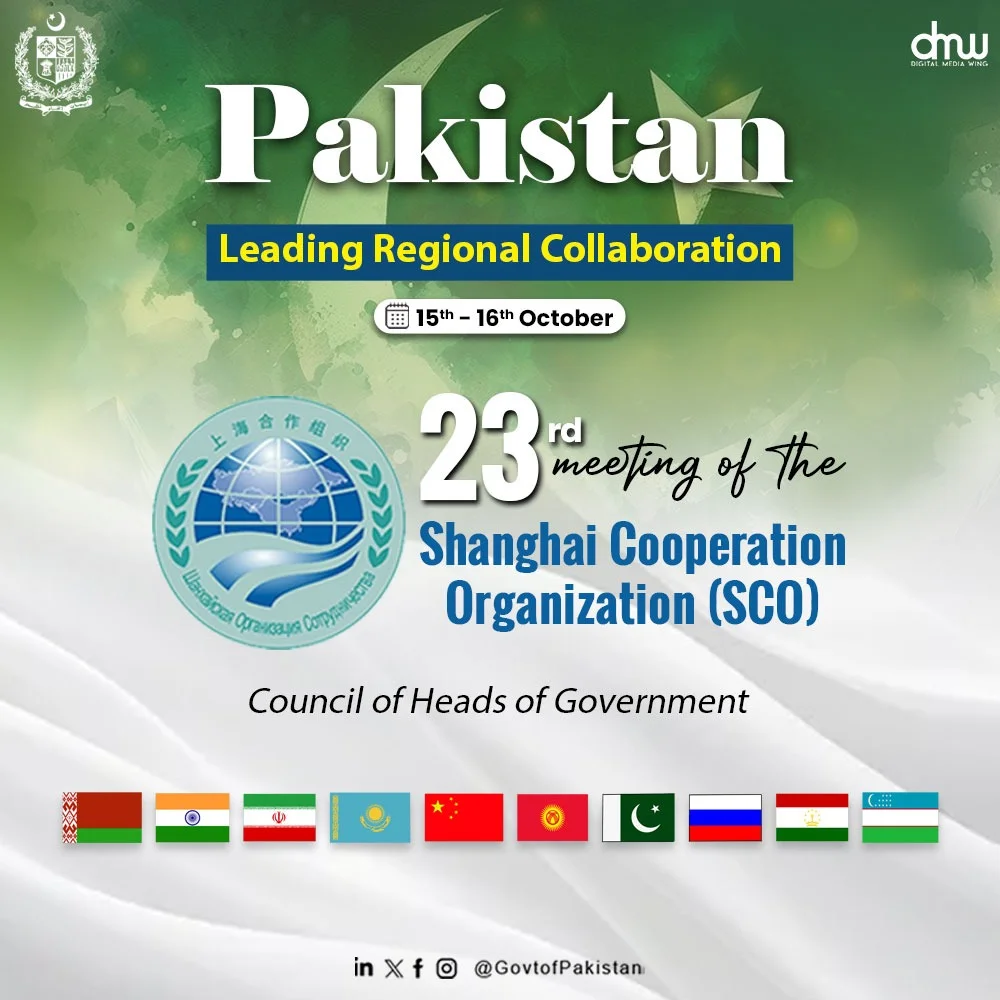Pakistan is hosting the SCO summit, but why is this event so critical for the region? With 8 member states, including 3 nuclear powers and 60% of Eurasia, the Shanghai Cooperation Organization holds immense geopolitical significance. How will Pakistan leverage this platform to secure its interests?
Let’s dive in:
History of SCO
Originally founded as the Shanghai Five in 1996 to resolve border disputes, the SCO expanded in 2001 to focus on security and economic cooperation. As a result, it now includes China, Russia, India, Pakistan, and four Central Asian countries, which collectively influence 40% of the world’s population.
![The leaders of each country at the Shanghai Five in 2000. [Wikimedia Commons]](https://pkafgyouthforum.com/wp-content/uploads/2024/10/GZ2a6fkWQAQg6Fh.webp)
Pakistan’s Entry and Significance
Pakistan officially joined the SCO in 2017, marking a major diplomatic win. For Pakistan, this platform is critical for engaging with major powers like China and Russia, and addressing regional issues like counterterrorism and economic integration. It’s also a key avenue for promoting peace in Afghanistan and enhancing connectivity through projects like CPEC.
!["Family photo" of the Shanghai Cooperation Organization (SCO) Summit 2017. [Wikimedia Commons]](https://pkafgyouthforum.com/wp-content/uploads/2024/10/GZ2bsKMXUAoIPo_.webp)
Regional & Global Importance of SCO
The SCO is home to four nuclear powers (China, Russia, India & Pakistan) and connects the world’s fastest-growing economies. The region accounts for 60% of Eurasia and is pivotal in shaping global security and economic policies. It provides a counterbalance to Western-led alliances like NATO, with a stronger emphasis on sovereignty and non-interference.
![Chinese President Xi Jinping addresses the 24th Meeting of the Council of Heads of State of the Shanghai Cooperation Organization in Astana, Kazakhstan, July 4, 2024. [Xinhua]](https://pkafgyouthforum.com/wp-content/uploads/2024/10/GZ2cksAWQAA0_sN.webp)
Pakistan’s Strategic Benefits from SCO
For Pakistan, the SCO offers:
– A platform to counter terrorism and extremism (through the Regional Anti-Terrorist Structure).
– Opportunities to expand trade and energy links with Central Asia.
– Diplomatic leverage in regional conflicts, including Kashmir and Afghanistan.
– Support for infrastructure development, especially via China’s Belt and Road Initiative.


![The construction of a BRI-funded railway in Purwakarta, Indonesia [Getty Images]](https://pkafgyouthforum.com/wp-content/uploads/2024/10/GZ2dnjpXwA0oHkn-1024x683.webp)
Key Stats: Economic Potential
– The SCO region collectively holds 25% of the world’s oil reserves and 30% of natural gas reserves.
– Pakistan’s trade with SCO countries has the potential to exceed $50 billion annually, particularly in sectors like energy, transport, and technology.
– Increased collaboration on projects like CPEC could make Pakistan a trade hub for Eurasian connectivity.

Also See: China, Russia, Iran, and Pakistan Urge International Community for Afghanistan Connectivity
Pakistan’s Diplomatic Engagement at the Summit
During the current summit, Pakistan will focus on expanding ties with Russia and Central Asian states, especially on issues like energy security, infrastructure investment, and counterterrorism efforts. Expect major discussions around stabilizing Afghanistan, with Pakistan advocating for a peaceful resolution.

Impact on Indo-Pak Relations
With both India and Pakistan as SCO members, the summit presents a rare opportunity for diplomatic engagement. While tensions over Kashmir remain high, the SCO encourages dialogue over conflict. Will this forum open doors for improved cooperation, or will rivalry continue to dominate? Time will tell.
SCO and Regional Security
With rising tensions in Afghanistan and growing cross-border threats, Pakistan aims to leverage the SCO’s counterterrorism framework. The Regional Anti-Terrorist Structure (RATS), based in Tashkent, is instrumental in intelligence sharing, counter-narcotics efforts, and counter-radicalization strategies that are crucial for Pakistan’s internal security.
![A policeman stands guard at the Red Zone on the eve of the Shanghai Cooperation Organisation summit in Islamabad [AFP]](https://pkafgyouthforum.com/wp-content/uploads/2024/10/GZ2h2qkXUAA98tn.webp)
Future Prospects for Pakistan in SCO
Looking ahead, Pakistan seeks to enhance its role in regional connectivity and thus become a key player in Eurasian energy corridors. Moreover, through the SCO, Pakistan also aims to boost its economic growth and strengthen ties with Russia, China, and Central Asian economies, thereby ensuring a stable and prosperous region.

The SCO summit is not just a diplomatic event for Pakistan; it’s a critical opportunity to reshape its regional standing, boost economic prospects, and engage with major powers. Keep an eye on key developments coming out of this summit as Pakistan plays a pivotal role in regional peace and prosperity.
PAYF Insights are social media threads by various authors, reproduced here for wider consumption.



